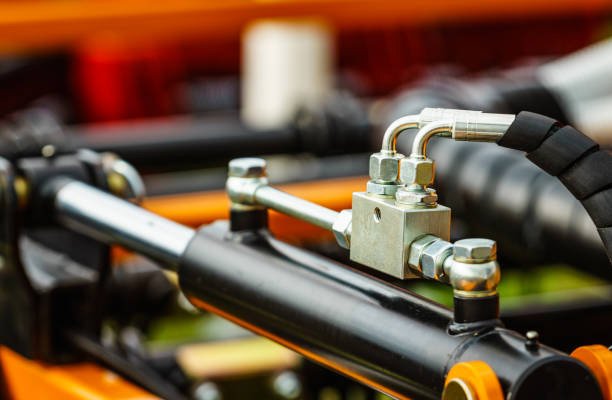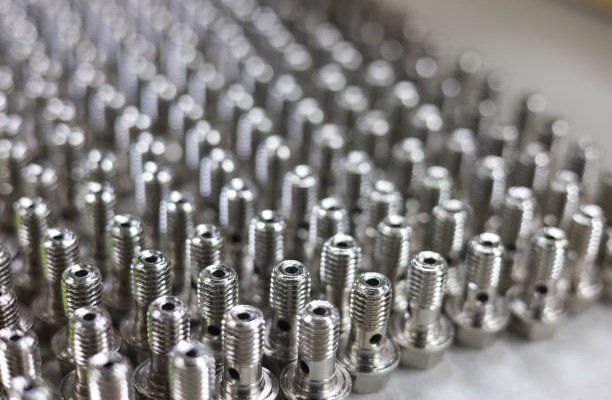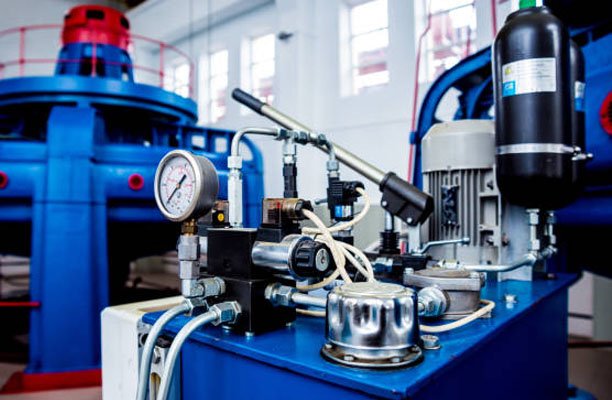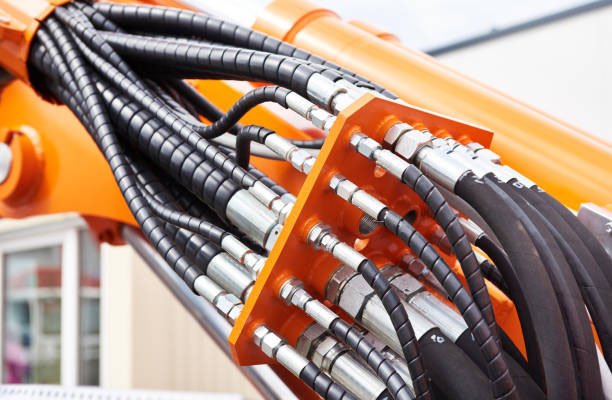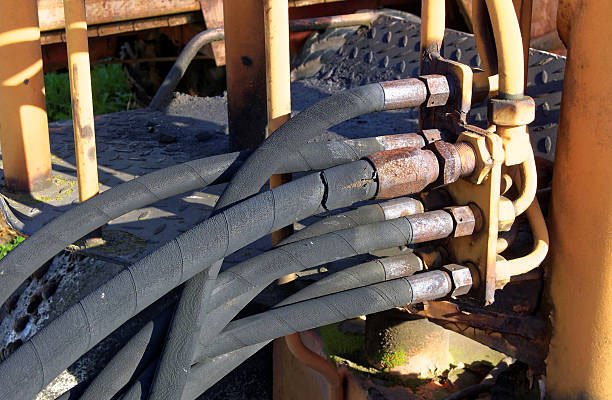Hydraulic fittings play a crucial role in hydraulic systems by connecting hoses, pipes, and equipment. They ensure fluids move efficiently and safely. Leading brands like Parker Hannifin maintain high standards of quality, while manufacturers such as Taske in China are known for producing these precise components. This article explores the materials and manufacturing processes involved in creating hydraulic fittings.
What Materials Are Used to Make Hydraulic Fittings?
Manufacturers select materials for hydraulic fittings based on their strength, durability, and resistance to high pressures. The common materials used include:
- Stainless Steel (e.g., 316L): Known for excellent corrosion resistance, it is ideal for high-pressure applications.
- Carbon Steel: This material offers a cost-effective solution for many hydraulic applications and can undergo heat treatment to enhance its strength.
- Brass: Valued for its machinability and corrosion resistance, brass is used in various hydraulic fittings.
Technicians select each material based on the specific requirements of the fitting’s application, including pressure ratings and environmental conditions.
Hydraulic Fitting Manufacturing Processes
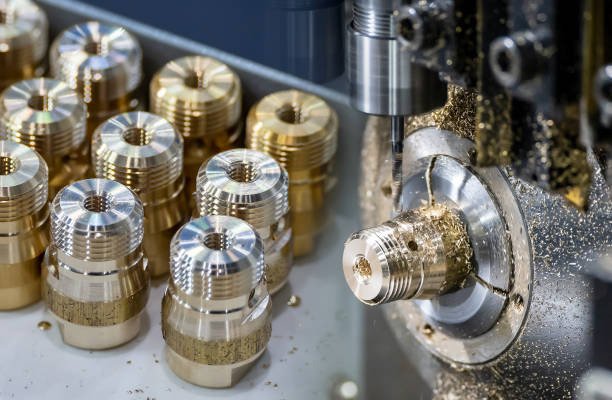
Creating hydraulic fittings involves several precise processes:
- Material Preparation
- Material Cutting: Technicians cut raw materials, such as stainless steel or carbon steel bars, to the required lengths for the fittings.
- Heat Treatment: Some materials undergo heat treatment to improve their mechanical properties, such as strength and durability.
- Forging and Machining
- Forging: Technicians first heat and forge the cut material into the basic shape of the fitting using high-pressure dies. As a result, they ensure that the material is strong and free from defects.
- Machining: They then machine the forged pieces to precise dimensions using CNC (Computer Numerical Control) machines. This step involves turning, milling, and drilling to create the final shape and ensure precise threading.
- Surface Finishing
- Deburring: Technicians remove any sharp edges or burrs from machining to ensure a smooth finish.
- Polishing: They polish the fittings to achieve a smooth, shiny surface, which also enhances resistance to corrosion.
- Inspection and Testing
- Dimensional Inspection: Technicians measure each fitting to ensure it meets the specified dimensions and tolerances.
- Pressure Testing: Engineers subject fittings to high-pressure tests to verify they can withstand operational pressures without leakage or failure.
- Visual Inspection: Inspectors perform a thorough visual check to identify any surface defects or imperfections.
- Assembly
- Threading: Technicians apply threads to fittings using precision machines to ensure a perfect fit with hoses and pipes.
- Sealing: They install seals or O-rings where needed to prevent leaks and ensure a secure connection.
- Packaging
- Cleaning: We clean fittings to remove any debris or contaminants from the manufacturing process.
- Packaging: The team packages finished fittings carefully to prevent damage during transport. They label each package with relevant product information and specifications.
How Do Hydraulic Fittings Work?
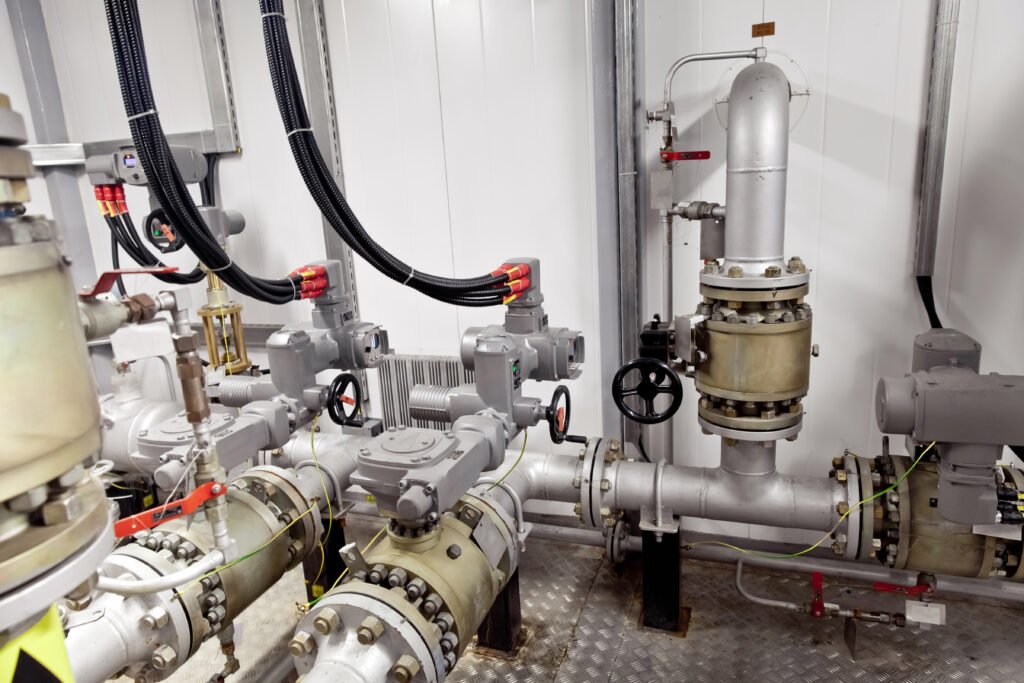
Engineers design hydraulic fittings to connect various components within a hydraulic system, such as hoses, pipes, and valves. They must be able to withstand high pressures and ensure a tight seal to prevent leaks. Consequently, the precise machining and quality materials used in their production ensure reliable performance and longevity in demanding applications.
Why Hydraulic Fittings Are Durable
The durability of hydraulic fittings stems from several factors:
- Material Quality: High-quality metals like stainless steel and brass resist corrosion and withstand high pressures.
- Manufacturing Precision: Advanced manufacturing techniques produce each fitting to exact specifications, reducing the risk of failures.
- Surface Treatments: Processes like polishing and coating enhance the fitting’s resistance to wear and corrosion.
Can the Quality of Hydraulic Fittings Be Surpassed?
While top brands like Parker Hannifin set industry standards, other manufacturers, such as Taske in China, produce hydraulic fittings of comparable or even superior quality. Achieving high standards involves:
- Material Selection: Using high-grade materials to ensure performance under various conditions.
- Precision Engineering: Employing advanced techniques for exact specifications.
- Quality Control: Implementing rigorous testing and inspection processes to ensure reliability and safety.
- Innovation: Investing in research and development to improve product design and functionality.
Are Hydraulic Fittings Made in China?
Manufacturers like Taske produce many hydraulic fittings in China. This region has become a global hub for high-quality manufacturing due to its advanced technology and competitive pricing.


